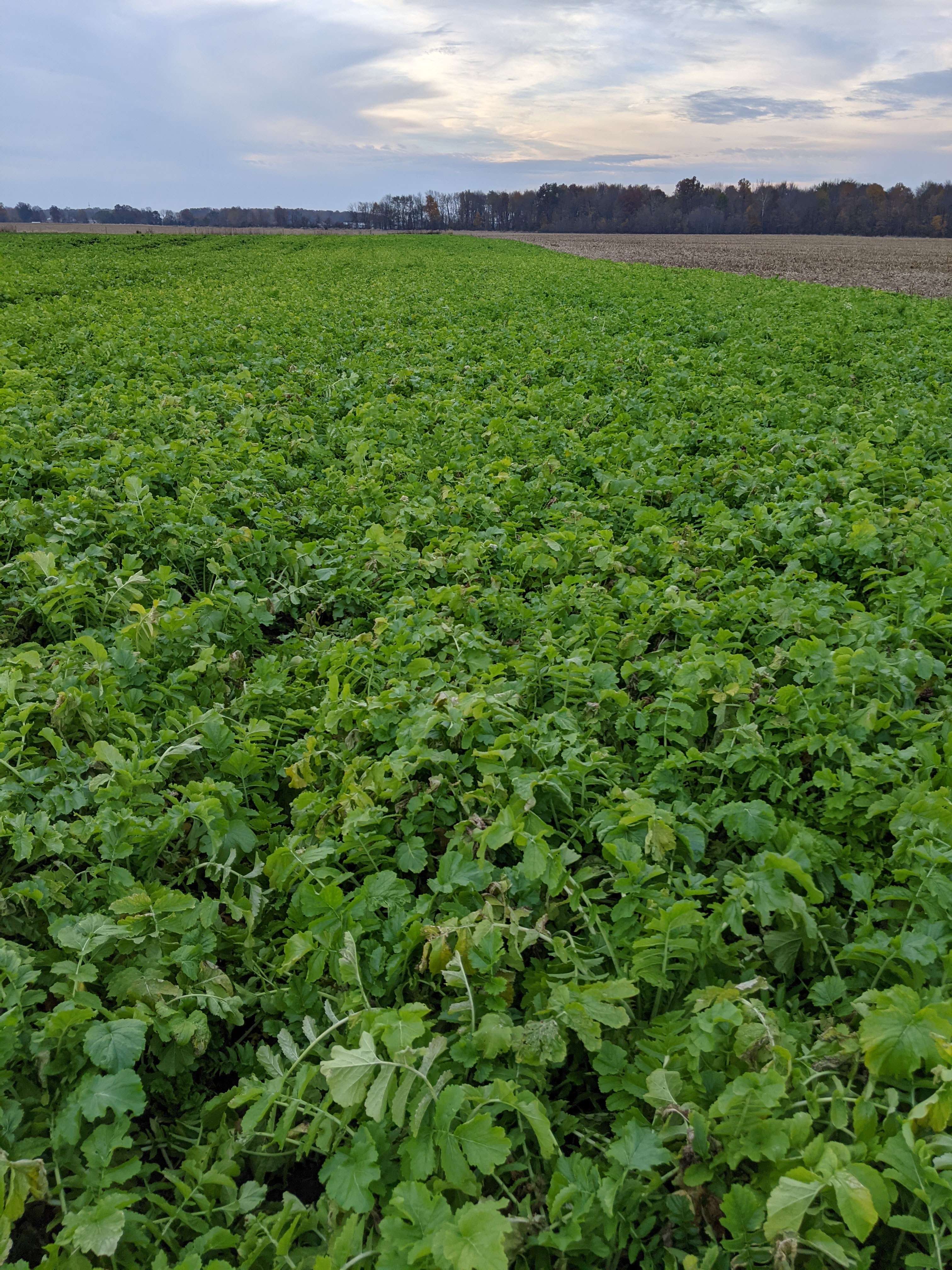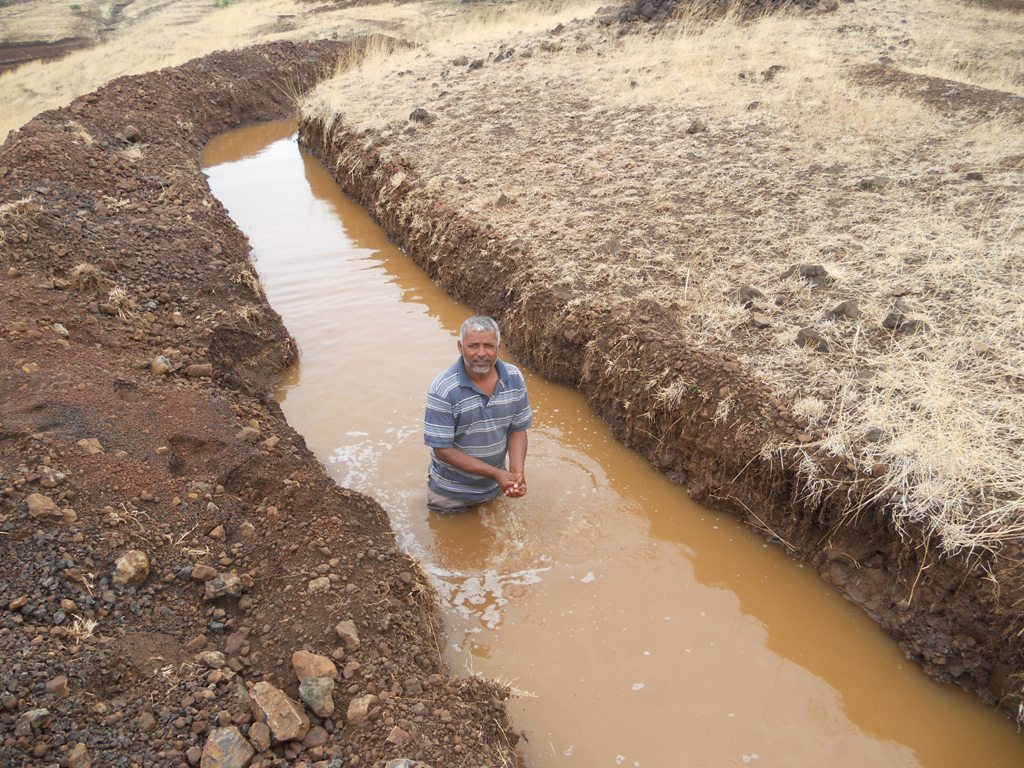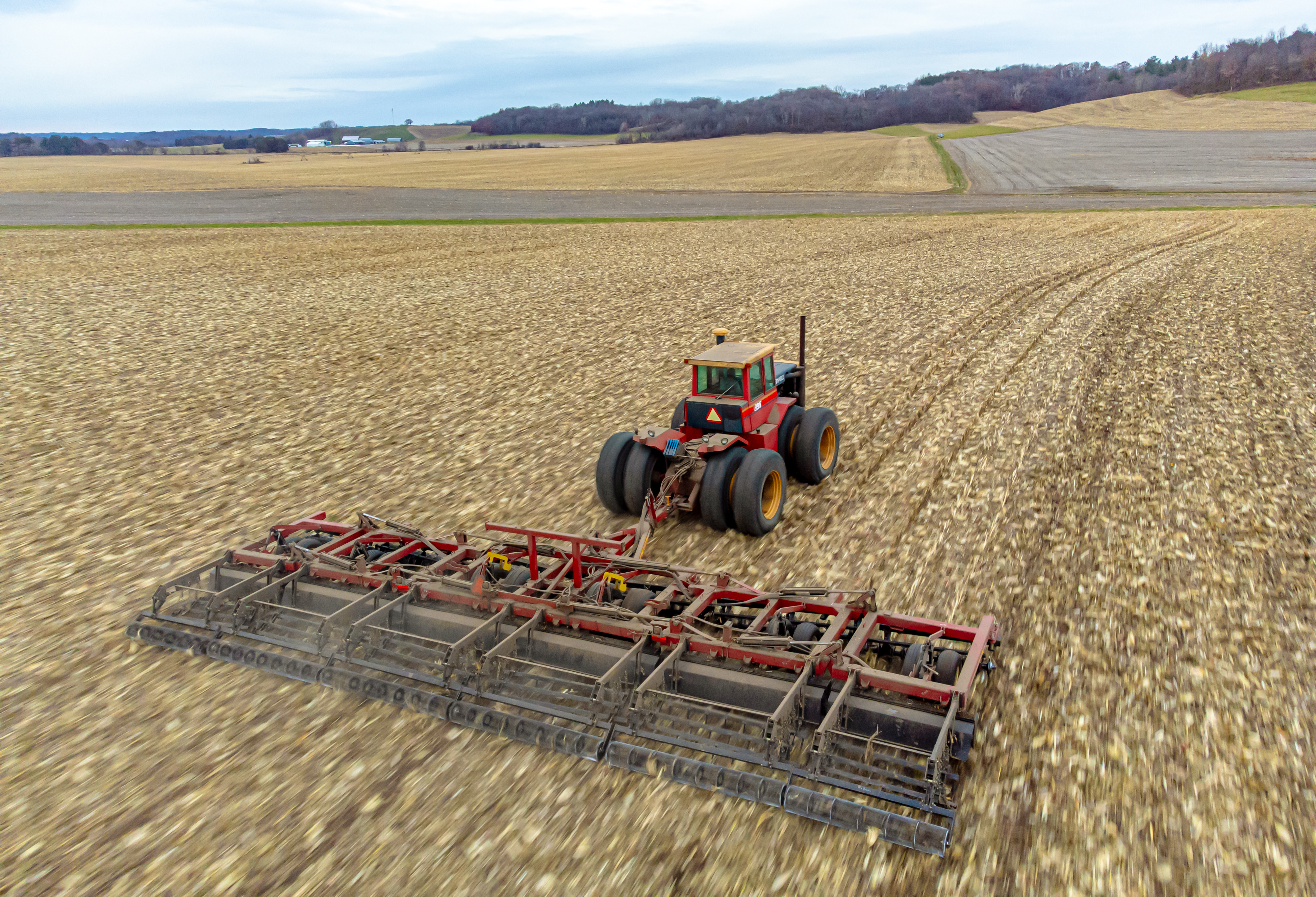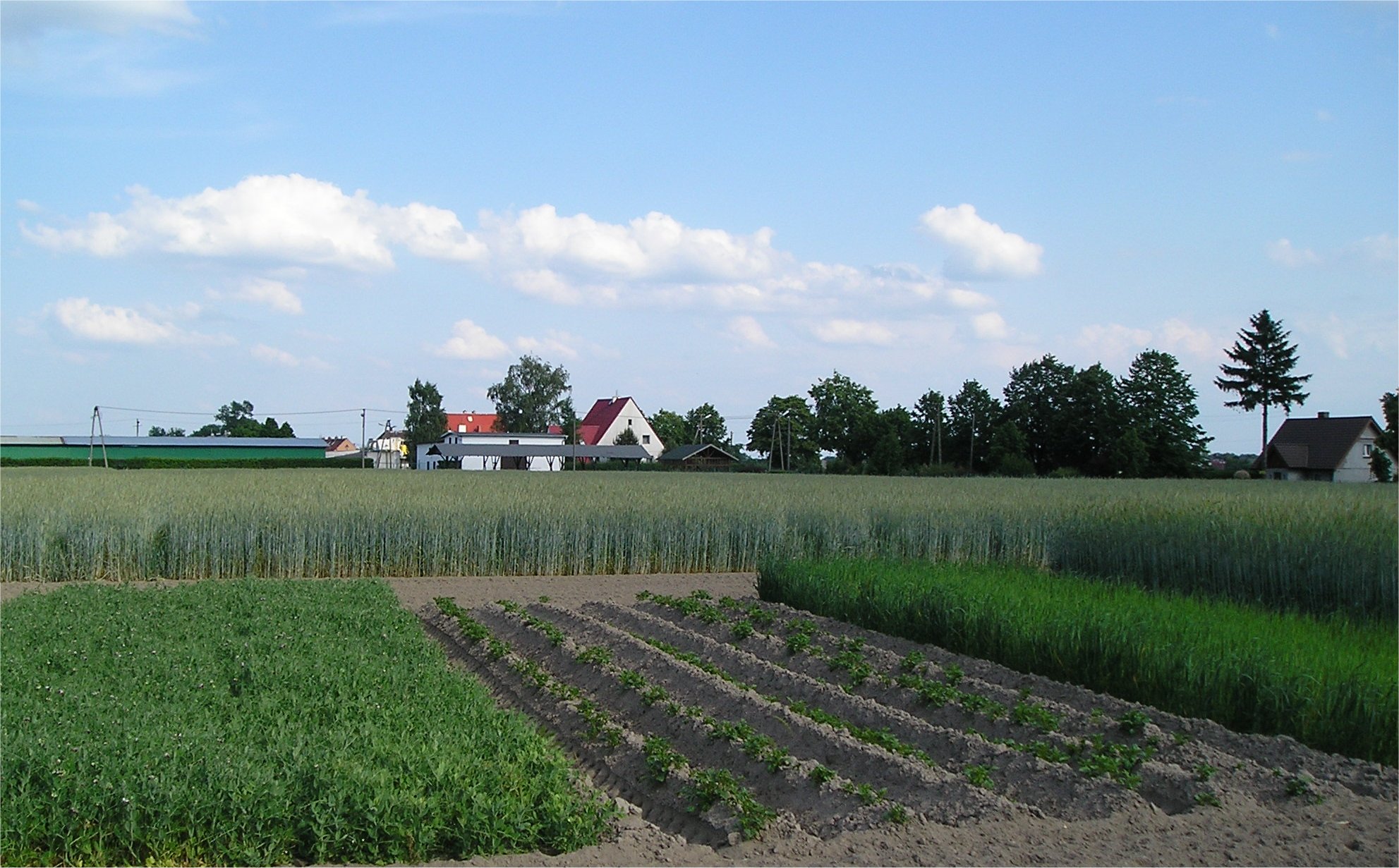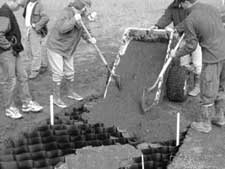|
Erosion Control
Erosion control is the practice of preventing or controlling wind or water erosion in agriculture, land development, coast, coastal areas, Bank (geography), river banks and construction. Effective erosion controls handle surface runoff and are important techniques in preventing water pollution, soil erosion, soil loss, wildlife habitat loss and human property loss. Usage Erosion controls are used in natural areas, agricultural settings or urban environments. In urban areas erosion controls are often part of stormwater runoff management programs required by local governments. The controls often involve the creation of a physical barrier, such as vegetation or rock, to absorb some of the energy of the wind or water that is causing the erosion. They also involve building and maintaining storm drains. On construction sites they are often implemented in conjunction with sediment controls such as sediment basins and silt fences. Bank erosion is a natural process: without it, River, r ... [...More Info...] [...Related Items...] OR: [Wikipedia] [Google] [Baidu] |
Sediment Basin
A sediment basin is a temporary pond built on a construction site to capture eroded or disturbed soil that is washed off during rain storms, and protect the water quality of a nearby stream, river, lake, or bay. The sediment-laden soil settles in the pond before the runoff is discharged. Sediment basins are typically used on construction sites of or more, where there is sufficient room. They are often used in conjunction with erosion controls and other sediment control practices. On smaller construction sites, where a basin is not practical, sediment traps may be used. Essential sediment abundance is prevalent in the construction industry which gives insight to future endeavors. On some construction projects, the sediment basin is cleaned out after the soil disturbance (earth-moving) phase of the project, and modified to function as a permanent stormwater management system for the completed site, either as a detention basin or a retention basin. Sediment trap A sedimen ... [...More Info...] [...Related Items...] OR: [Wikipedia] [Google] [Baidu] |
Gabion
A gabion (from Italian ''gabbione'' meaning "big cage"; from Italian ''gabbia'' and Latin ''cavea'' meaning "cage") is a cage, cylinder or box filled with rocks, concrete, or sometimes sand and soil for use in civil engineering, road building, military applications and landscaping. For erosion control, caged riprap is used. For dams or in foundation construction, cylindrical metal structures are used. In a military context, earth- or sand-filled gabions are used to protect sappers, infantry, and artillerymen from enemy fire. Leonardo da Vinci designed a type of gabion called a ''Corbeille Leonard'' ("Leonard basket") for the foundations of the San Marco Castle in Milan. Civil engineering The most common civil engineering use of gabions was refined and patented by Gaetano Maccaferri in the late 19th century in Sacerno, Emilia Romagna and used to stabilize shorelines, stream banks or slopes against erosion. Other uses include retaining walls, noise barriers, temporary fl ... [...More Info...] [...Related Items...] OR: [Wikipedia] [Google] [Baidu] |
Fiber Roll
A fiber roll is a temporary erosion control and sediment control device used on construction sites to protect water quality in nearby streams, rivers, lakes and seas from sediment erosion. It is made of straw, coconut fiber or similar material formed into a tubular roll. Installation Each horizontal contour level row of fiber rolls is installed on slopes, ending with one at the base of the slope, below an active construction area before soil disturbance (earth moving) begins. The space between each row of fiber roll is dependent on the steepness of the slope. The steeper the slope, the more rows of evenly spaced horizontal contour level fiber rolls are used. Each fiber roll is installed on a horizontal contour level in shallow trenches 2 to 4 inches (5 to 10 cm) deep and fastened to the ground with wooden stakes. Properly installed fiber rolls are effective at trapping sediment, generally more effectively than straw bales.U.S. EPA"National Menu of Stormwater Best Managemen ... [...More Info...] [...Related Items...] OR: [Wikipedia] [Google] [Baidu] |
Cover Crop
In agriculture, cover crops are plants that are planted to ground cover, cover the soil rather than for the purpose of being harvested. Cover crops manage soil erosion, soil fertility, soil quality, water, weeds, Pest (organism), pests, diseases, biodiversity and wildlife in an agroecology, agroecosysteman ecological system managed and shaped by humans. Cover crops can increase Soil microbiology, microbial activity in the soil, which has a positive effect on Nitrogen fixation, nitrogen availability, Plant nutrition, nitrogen uptake in Cash crop, target crops, and Crop yield, crop yields. Cover crops reduce water pollution risks and remove CO2 from the atmosphere. Cover crops may be an off-season crop planted after harvesting the cash crop. Cover crops are nurse crops in that they increase the survival of the main crop being harvested, and are often grown over the winter. In the United States, cover cropping may cost as much as $35 per acre. Soil erosion Although cover crops can ... [...More Info...] [...Related Items...] OR: [Wikipedia] [Google] [Baidu] |
Contour Trenching
Contour trenching (a.k.a., Continuous Contour Trench or CCT) is an agricultural technique that can be easily applied in arid sub-Sahara areas to allow for water, and soil conservation, and to increase agricultural production. Between two trenches crops can benefit during the growing season (when there is less rain) from the subsoil water reserve gathered during the rainy season. Advantages Immediate advantages are the following: *The rain water does not immediately run off the hill, *Water does not evaporate uselessly *The water balance is enhanced *Crops do not suffer later on from water shortage, * Fertile soil particles are not lost by water and wind erosion. *When the sun shines on the water, light and heat are reflected onto plants on the northern shore of the trench, this effect and the increased humidity create micro climates in the area. These micro climates can support plants from different hardiness zones. Techniques Trenches can be artificially dug along the contour ... [...More Info...] [...Related Items...] OR: [Wikipedia] [Google] [Baidu] |
Contour Plowing
Contour plowing or contour farming is the farming practice of plowing and/or planting across a slope following its elevation contour lines. These contour line furrows create a water break, reducing the formation of rills and gullies during heavy precipitation and allowing more time for the water to settle into the soil. In contour plowing, the ruts made by the plow run perpendicular rather than parallel to the slopes, generally furrows that curve around the land and are level. This method is also known for preventing tillage erosion. Tillage erosion is the soil movement and erosion by tilling a given plot of land. A similar practice is contour bunding where stones are placed around the contours of slopes. Contour plowing has been proven to reduce fertilizer loss, power, time consumption, and wear on machines, as well as to increase crop yields and reduce soil erosion. Soil erosion prevention practices such as this can drastically decrease negative effects associated with soil er ... [...More Info...] [...Related Items...] OR: [Wikipedia] [Google] [Baidu] |
Conservation Tillage
Tillage is the agricultural preparation of soil by mechanical agitation of various types, such as digging, stirring, and overturning. Examples of human-powered tilling methods using hand tools include shoveling, picking, mattock work, hoeing, and raking. Examples of draft-animal-powered or mechanized work include ploughing (overturning with moldboards or chiseling with chisel shanks), rototilling, rolling with cultipackers or other rollers, harrowing, and cultivating with cultivator shanks (teeth). Tillage that is deeper and more thorough is classified as primary, and tillage that is shallower and sometimes more selective of location is secondary. Primary tillage such as ploughing tends to produce a rough surface finish, whereas secondary tillage tends to produce a smoother surface finish, such as that required to make a good seedbed for many crops. Harrowing and rototilling often combine primary and secondary tillage into one operation. "Tillage" can also mean the lan ... [...More Info...] [...Related Items...] OR: [Wikipedia] [Google] [Baidu] |
Crop Rotation
Crop rotation is the practice of growing a series of different types of crops in the same area across a sequence of growing seasons. This practice reduces the reliance of crops on one set of nutrients, pest and weed pressure, along with the probability of developing resistant pests and weeds. Growing the same crop in the same place for many years in a row, known as monocropping, gradually depletes the soil of certain nutrients and promotes the proliferation of specialized pest and weed populations adapted to that crop system. Without balancing nutrient use and diversifying pest and weed communities, the productivity of monocultures is highly dependent on external inputs that may be harmful to the soil's fertility. Conversely, a well-designed crop rotation can reduce the need for Fertilizer, synthetic fertilizers and herbicides by better using ecosystem services from a diverse set of crops. Additionally, crop rotations can improve soil structure and Soil organic matter, organic m ... [...More Info...] [...Related Items...] OR: [Wikipedia] [Google] [Baidu] |
Cellular Confinement
Cellular confinement systems (CCS)—also known as geocells—are widely used in construction for erosion control, Mechanically stabilized earth, soil stabilization on flat ground and steep slopes, channel (geography), channel protection, and structural reinforcement for structural load, load support and earth retention. Typical cellular confinement systems are geosynthetics made with Ultrasonic welding, ultrasonically welded high-density polyethylene (HDPE) strips or novel polymeric alloy (NPA)—and expanded on-site to form a honeycomb-like structure—and filled with sand, soil, rock (geology), rock, gravel or concrete. History of cellular confinement Research and development of cellular confinement systems (CCS) began with the U.S. Army Corps of Engineers in 1975 to devise a method for building tactical roads over soft ground. Engineers found that sand-confinement systems performed better than conventional crushed stone sections and they could provide an expedient construc ... [...More Info...] [...Related Items...] OR: [Wikipedia] [Google] [Baidu] |
Gabion
A gabion (from Italian ''gabbione'' meaning "big cage"; from Italian ''gabbia'' and Latin ''cavea'' meaning "cage") is a cage, cylinder or box filled with rocks, concrete, or sometimes sand and soil for use in civil engineering, road building, military applications and landscaping. For erosion control, caged riprap is used. For dams or in foundation construction, cylindrical metal structures are used. In a military context, earth- or sand-filled gabions are used to protect sappers, infantry, and artillerymen from enemy fire. Leonardo da Vinci designed a type of gabion called a ''Corbeille Leonard'' ("Leonard basket") for the foundations of the San Marco Castle in Milan. Civil engineering The most common civil engineering use of gabions was refined and patented by Gaetano Maccaferri in the late 19th century in Sacerno, Emilia Romagna and used to stabilize shorelines, stream banks or slopes against erosion. Other uses include retaining walls, noise barriers, temporary fl ... [...More Info...] [...Related Items...] OR: [Wikipedia] [Google] [Baidu] |
Riprap
Riprap (in North American English), also known as rip rap, rip-rap, shot rock, rock armour (in British English) or rubble, is human-placed rock or other material used to protect shoreline structures against scour and water, wave, or ice erosion. Riprap is used to armor shorelines, streambeds, bridge abutments, foundational infrastructure supports and other shoreline structures against erosion. Common rock types used include granite and modular concrete blocks. Rubble from building and paving demolition is sometimes used, as well as specifically designed structures called ''tetrapods'' or similar concrete blocks. Riprap is also used underwater to cap immersed tubes sunken on the seabed to be joined into an undersea tunnel. Environmental effects Sediment effects Riprap causes morphological changes in the riverbeds they surround. One such change is the reduction of sediment settlement in the river channel, which can lead to scouring of the river bed as well as coarser sedime ... [...More Info...] [...Related Items...] OR: [Wikipedia] [Google] [Baidu] |

